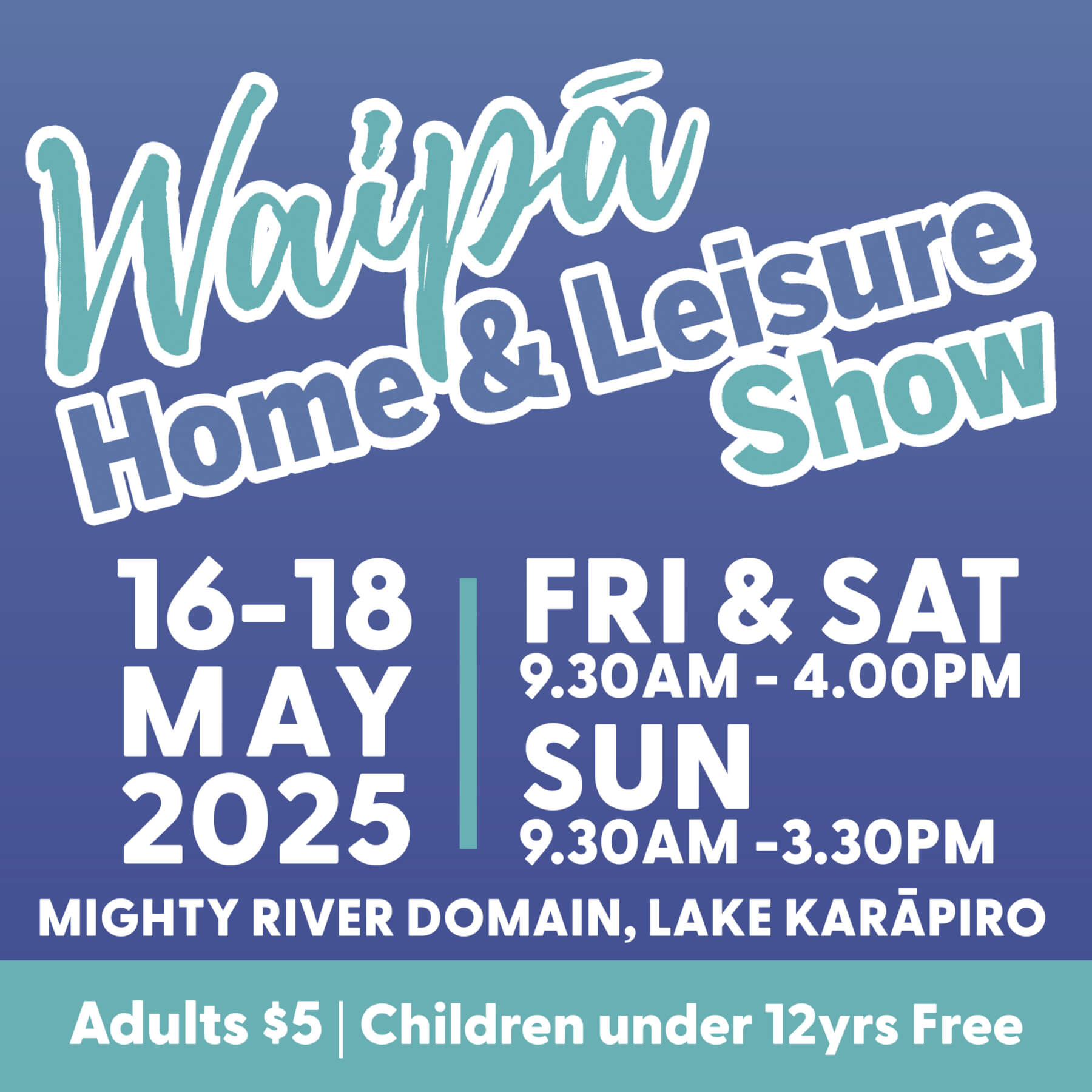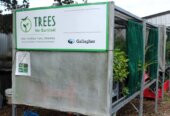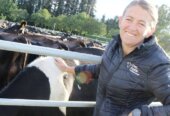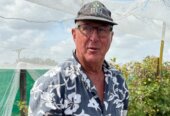
Cambridge Middle School’s Waikato Science Fair winners. Back row: Manaia Elliott, Cole Sherborne, Marlie van den Berg and Cayden Buitendach. Middle: Isla Te Weehi, Chantel Stewart, Georgia Moess, Wiremu Knowles, Kieran Burton and Keaton Budd. Front: Nikita Muir, Jacob D’Ath and Anna Ede.
Eighteen Cambridge Middle School (CMS) students made their school and parents proud coming away from the recent Waikato Science Fair with top placings and prizes.
Jacob D’Ath and Wiremu Knowles worked together on their project which won overall for year 7s in the “physical world” category. The boys tested “people power” using an alternator to test which groups of students could generate the most power through cycling. “In the end we found that on average, year 8 girls were better at producing power than anybody else, and you could probably power a home’s LED lights through just riding a bike,” they said. The boys also won “best year 7 exhibit” and took home a cash prize of $420 split between them.
Georgia Moess reaped the benefits of working by herself on her project, taking home the full $420 prize after winning as the overall top year 8 student in the “physical world” category and the top year 8 exhibit. Georgia tested the physics of flight in her project, testing which types of paper planes would fly the best. “The different design, the weight and the size of paper does matter on how it flies in the air,” Georgia explained, adding that the “buzz” paper plane (one with folded corners on the wings), made with lighter paper, was the best kind. Georgia also won a special prize from the NZ Statistical Association for her method of processing her data.
Fellow year 8 student Anna Ede also won over all in “material world” for her project which tested the effect of different beverages on removing waste oil from aquatic birds, using duck feathers. Having expected beer to win, she was surprised to see that orange juice came out on top, followed by Coke. “It was the citric acid in the orange juice, and the phosphoric acid, and carboxylic acid,” she explained. Anna was also awarded the Department of Conservation Special Award.
Other CMS students who succeeded at the regional competition included Keaton Budd and Luke O’Brien, who won 3rd in year 7 “physical world” for their “Fling It” project, testing the effect of different angles on a catapult with various objects.
Cayden Buitendach won highly commended in year 8 “physical world” for his project which observed how potential energy would turn into kinetic energy as it travelled through various materials.
Isla Te Weehi won 3rd in the year 7-8 “junior inventions and technical innovations” category with her brilliant project, coding a computer programme to determine the reading age of a particular text.
Manaia Elliott and Nikita Muir placed 3rd in year 7 “living world”, with a project which tested how much sugar students had in their lunch boxes. “Only one person had a completely healthy lunch box,” explained the girls, “so we hoped that they read our project results!”
Kieran Burton won highly commended in year 8 “living world” for his project which tested the fire resistance of different types of hedges, “Hedges with broad, big bushy leaves, the wetter ones, were more resistant,” he explained.
Year 8 students Cole Sherborne and Marlie van den Berg won third place in “planet earth and beyond”, testing which soil was the best to use for composting, “Clay, when it’s quite wet, it has a low pH level which is quite acidic, so it breaks down food scraps quite quickly, so clay with horse manure was the best,” explained Cole.
Year 8 student Bastian Banks entered the same category and won highly commended for his project which used a scale-size representation of the solar system to determine whether any planets had left our solar system since the “big bang,” determining that there was a 28 percent chance that they had.
Year 8 student Chantel Stewart won second place in the year 7-8 “observational drawings” category. Year 8 students Isla Shailer and Sophie Kavanagh also achieved highly commended in this category. Sophie was also awarded highly commended in “living world” for her project, “Killing Beans by pH Means”.
Over all students were rapt with their outcome at this year’s science fair. “It was an amazing experience.” said Marlie. “We learned lots and it was fun” added Manaia and Nikita.








